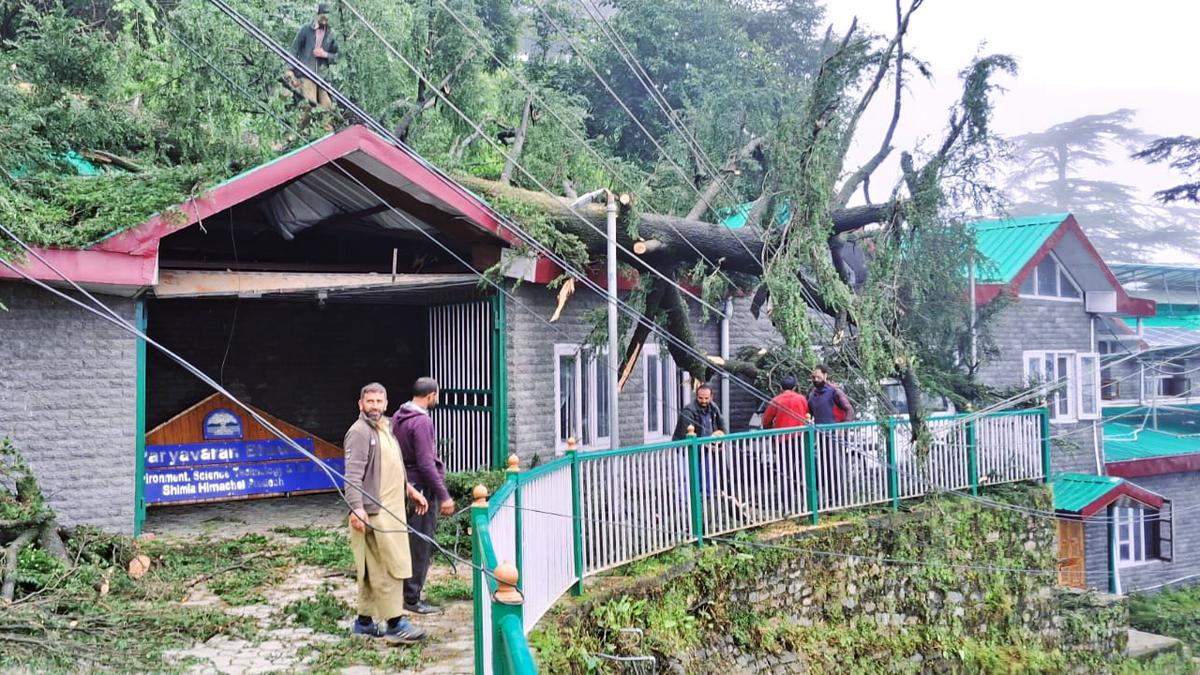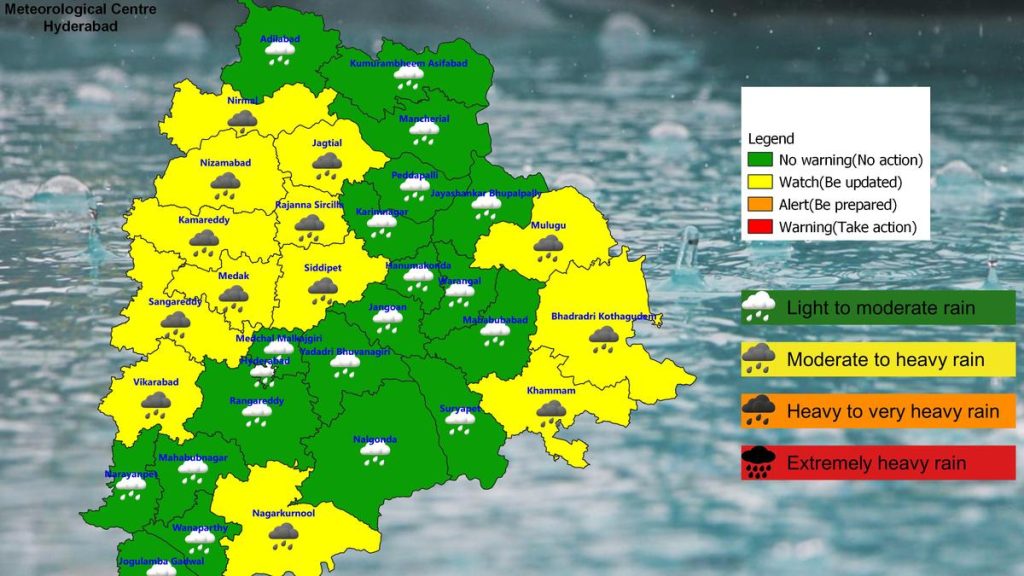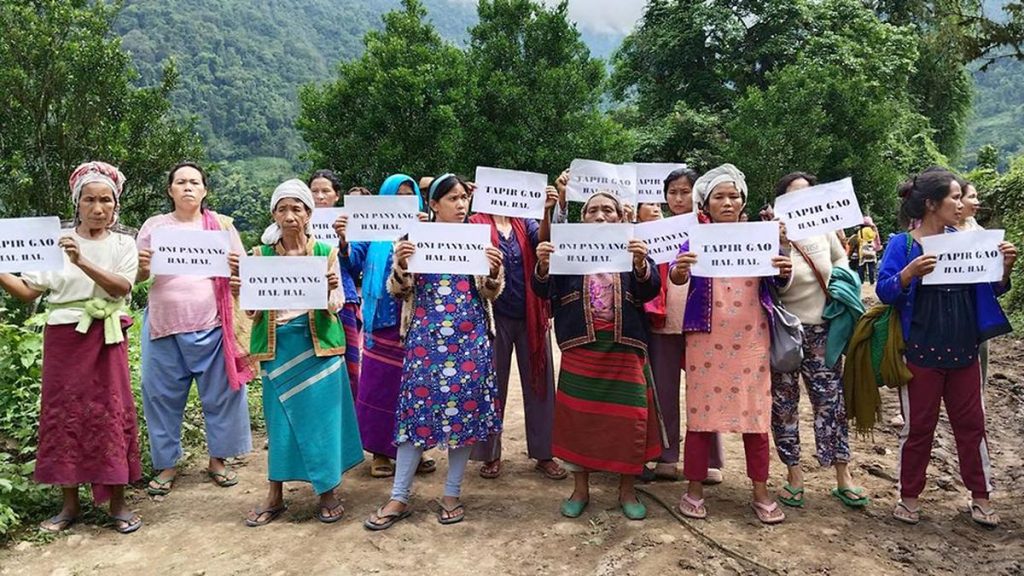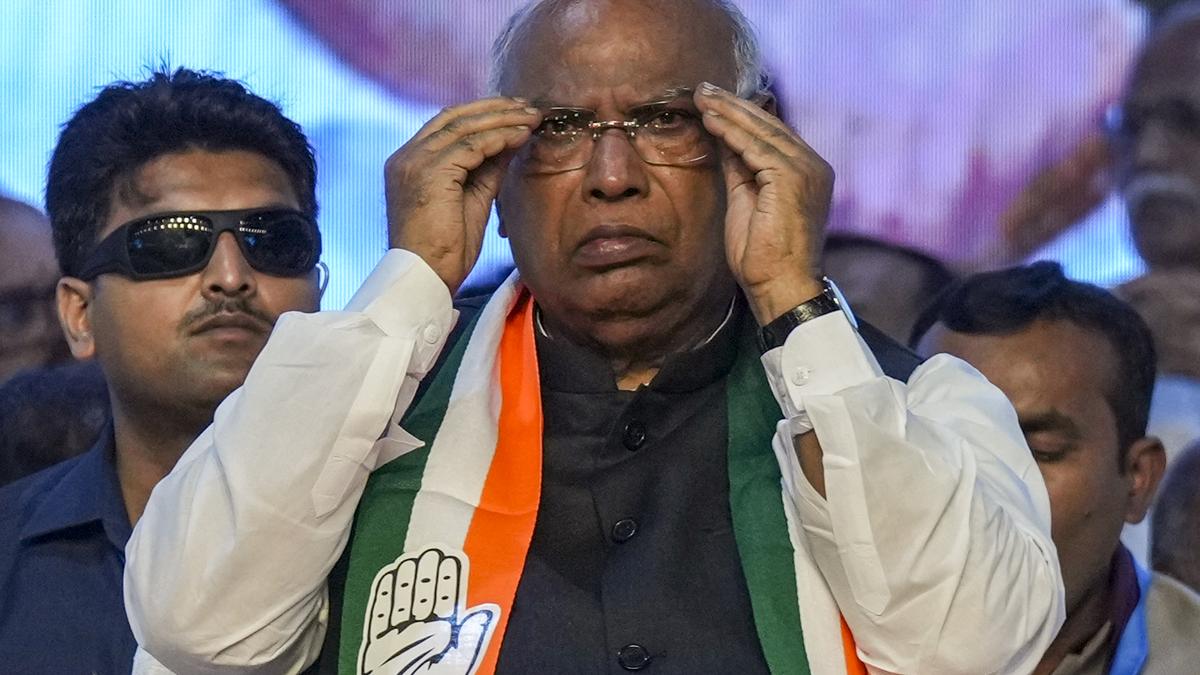Now Reading: Himachal Govt Plans to Regulate Construction for Disaster Risk Mitigation
-
01
Himachal Govt Plans to Regulate Construction for Disaster Risk Mitigation
Himachal Govt Plans to Regulate Construction for Disaster Risk Mitigation

Fast Summary
- The Himachal Pradesh government is implementing a three-tier policy to regulate construction near riverbanks, nallahs, and areas prone to flash floods and landslides.
- Measures include mandatory safety certifications for constructions and adherence to Public Works Department design norms.
- Authorities will enforce regulations: urban areas by commissioners/executive officers,rural areas by panchayat secretaries,and Special Area Development Authority (SADA) zones by deputy commissioners/sdms.
- So far this monsoon season, the state has recorded 112 rain-related deaths and losses exceeding ₹1,900 crore. Two years ago, similar disasters caused 540 fatalities with over ₹10,000 crore in damages.
- Town planning Minister Rajesh Dharmani linked carbon emissions and climate change mitigation to ongoing natural disasters but noted Himachal’s low emissions relative to other states.
- Chief Minister Sukhvinder Singh Sukhu aims to make Himachal a “green state” by March 2026.
- Himachal Pradesh is highly vulnerable to earthquakes as it falls under seismic zones IV & V; retrofitting of non-quake-resistant buildings was highlighted as essential.
Indian Opinion Analysis
The Himachal Pradesh government’s initiative reflects an urgent need for stricter planning protocols given the state’s vulnerability to both climatic changes and seismic risks. The integration of safety certifications into construction processes could ensure compliance with safer designs while delegating enforcement responsibilities across administrative levels should improve oversight in both urban and rural regions.
However, implementing such policies requires public cooperation as highlighted by the minister. The stated challenges-unplanned development aggravated by fragile ecosystems-point toward a broader need for comprehensive disaster resilience strategies beyond immediate measures like thes new regulations.
Balancing rapid development while addressing environmental concerns remains critical if the government aims for lasting progress alongside its “green state” vision. Considering past losses during monsoons (₹10,000 crore two years ago), developing long-term climate adaptation frameworks might be indispensable alongside enforcing short-term policy reforms.

























